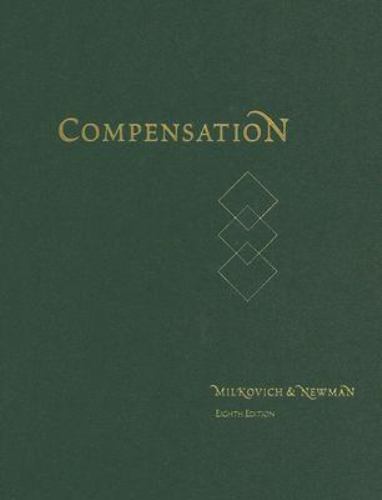
When managing these remuneration plans, communication and change are important factors. The employee contribution is assessed based on performance guidelines. In order to meet the competition policy, surveys can be held and market definitions can be created. In order to comply with internal alignment, as the model shows, the techniques are skills and work analysis.

These techniques connect policy to objectives. The third component of the Pay Model of Compensation are the techniques. New requirements can be the result of new regulations or new salary objectives for the organisation. The system has to work well enough to achieve the objectives, and it also needs to be adaptable to react to new requirements. The final component of the four policy methods of the Pay Model Compensation is administration managing the compensation structure. Strong employee contribution means that incentives and rewards are based on what the employees add. ContributionsĮmployee contribution is about how important the performance of the employees is regarding the remuneration model. The salaries can’t be too high either, as that would negatively impact competitiveness of the products and services. The plan has to offer sufficient benefits for the potential employee to get them interested and keep them. External CompetitivenessĬompetitiveness is about the remuneration plan being competitive enough compared to what competitors are offering. If the compensation structure is seen as fair by the employees, it will help motivate employees to improve themselves and accept training. Positions are assessed on their relative contribution to the organisation’s objectives. Internal alignment refers to aligning the salaries for similar types of jobs, as well as the rewarding of different kinds of work. These are the four pillars on which the policy of a compensation structure is based. Compensation System PoliciesĪccording to the Pay Model of Compensation, the compensation system has to relate to internal consistency, competitive performance, and the contribution of employees. When laws change, the compensation system has to be changed as well. Conforming with regulations is an integral part of any organisation that wants to act in accordance with the law.

ConformityĬompensation models have to conform to the requirements of various central and national salary legislation and regulations. Fairness is the foundation for healthy work relationships, which means it’s important that employees are treated fairly and get a salary that matches the work they do. Fairnessįairness refers to designing and introducing a reward system that rewards performance and meets the needs of the employees. EfficiencyĮffective remuneration systems contribute to efficiency in the form of improved performance, better quality, satisfied customers, or lower costs. As shown in the image, these include efficiency, honesty, and observance of the rules. The model consists of three components: policy, techniques, and objectives.Ĭompensation systems, according to the Pay Model of Compensation, are developed to achieve organisational objectives. They define compensation as forms of financial gain and tangible services and benefits that employees receive as part of their employment. The Pay Model of Compensation was developed by G.T. And it’s important to comply with laws and regulations. The remuneration plan also has to be on par with that of the competition or be better. This means that elements from different compensation models are sometimes combined. This can help determine which plan is the most beneficial in the long term. The compensation model that an organisation uses should match the company objectives.

Some organisation also offer profit share schemes to their employees if they help to increase production and lower costs.

Some plans put the emphasis on the basic salary, while others are more focused on using performance incentives. The model consists of three main components: objective of the remuneration model, the policy that is the foundation for the structure, and the techniques that link the policy to the objectives.Ĭompensation includes the basic salary as well as rewards in the form of bonuses, overtime, leave, insurance, company car, expense account, and other benefits. The Pay Model of Compensation and benefits helps managers to structurally design and understand the compensation system for their employees. After reading, you’ll understand the basics of this powerful human resource management tool. This article provides a practical explanation of the Pay Model Of Compensation by G.T.


 0 kommentar(er)
0 kommentar(er)
